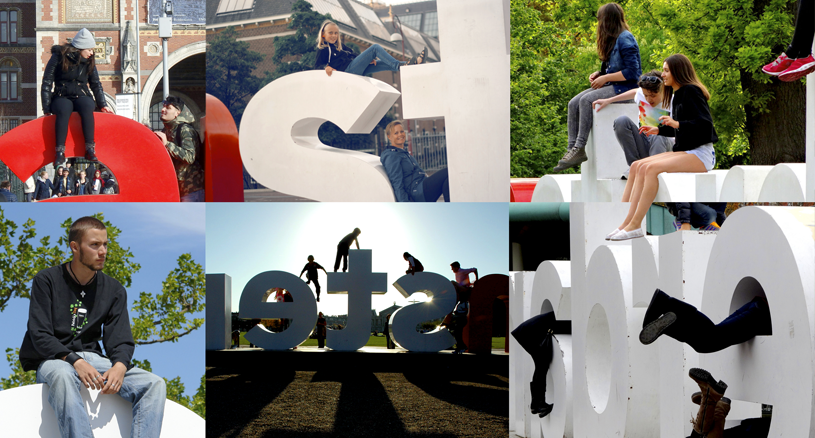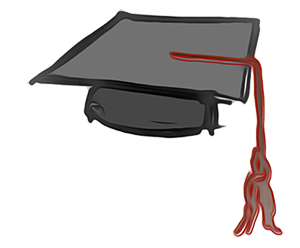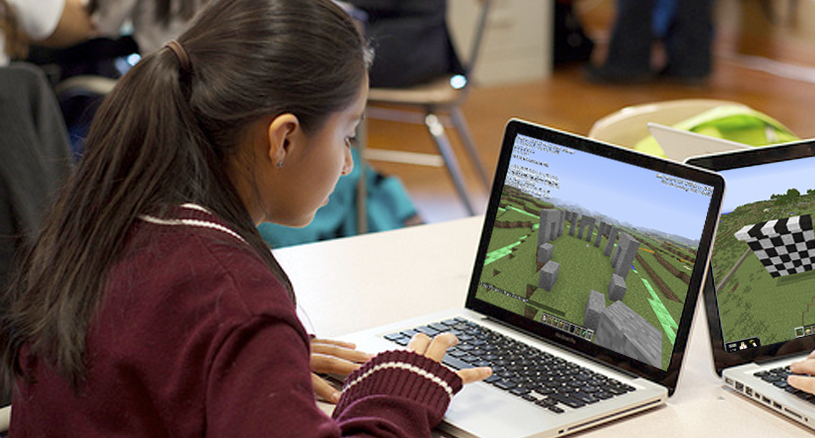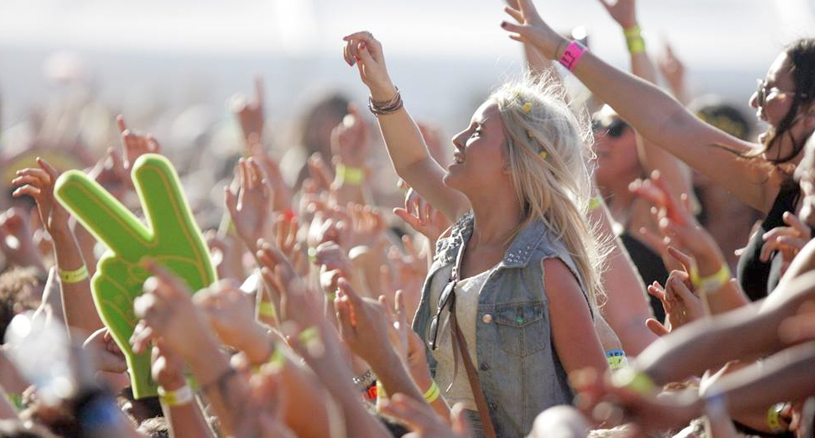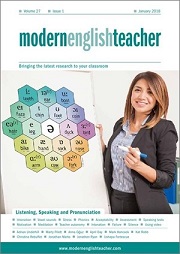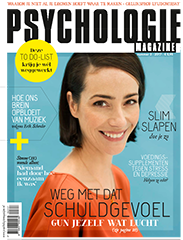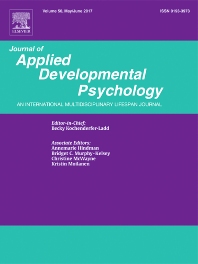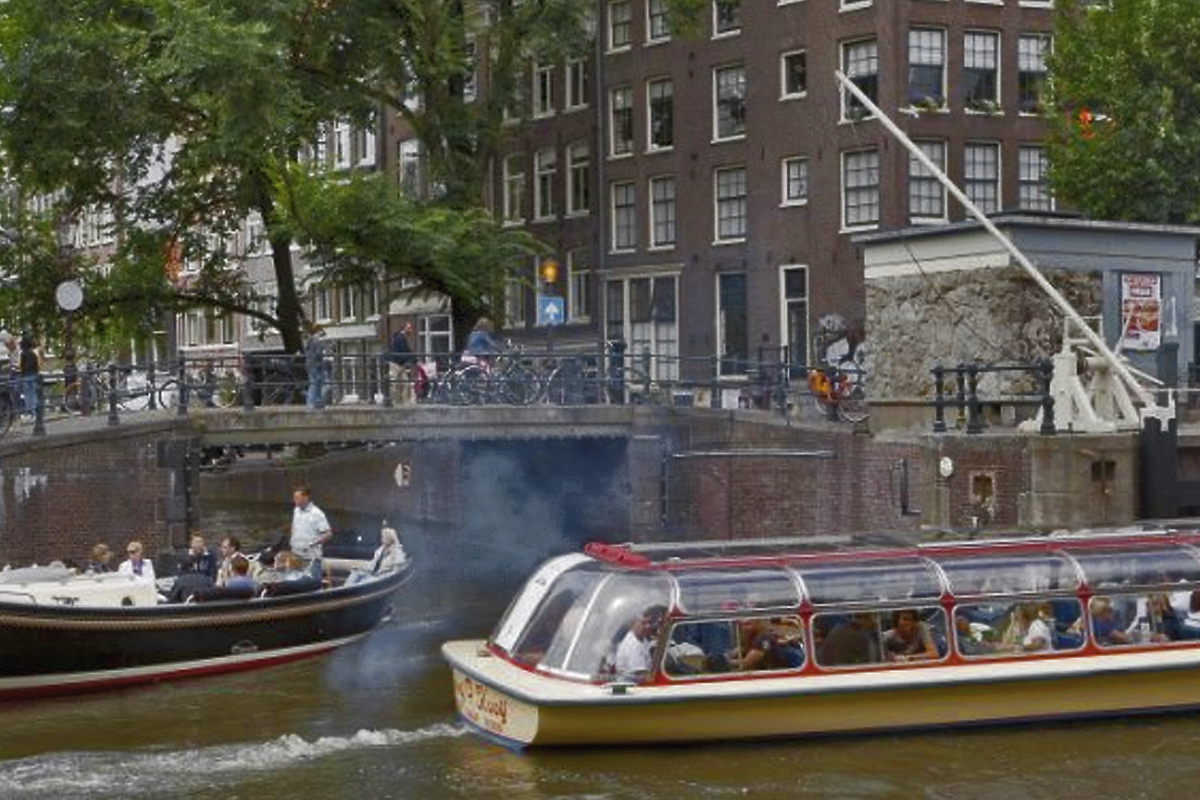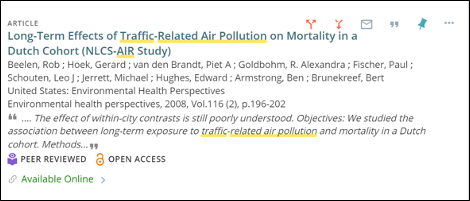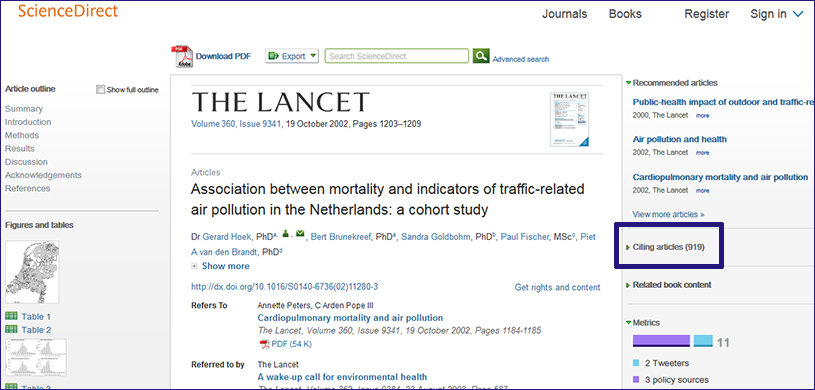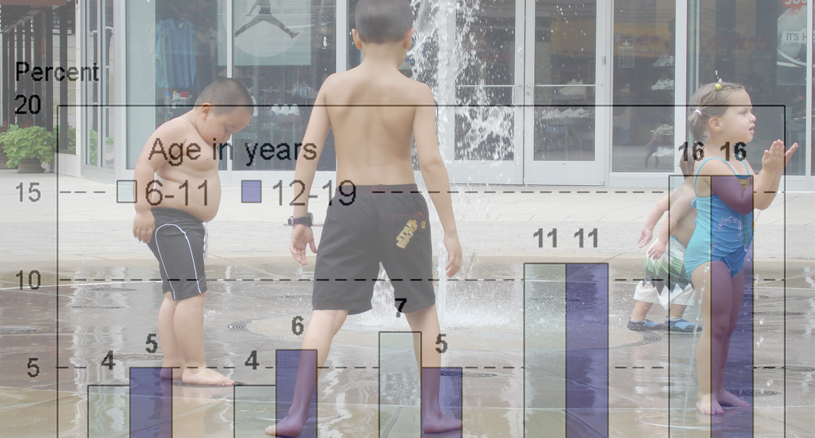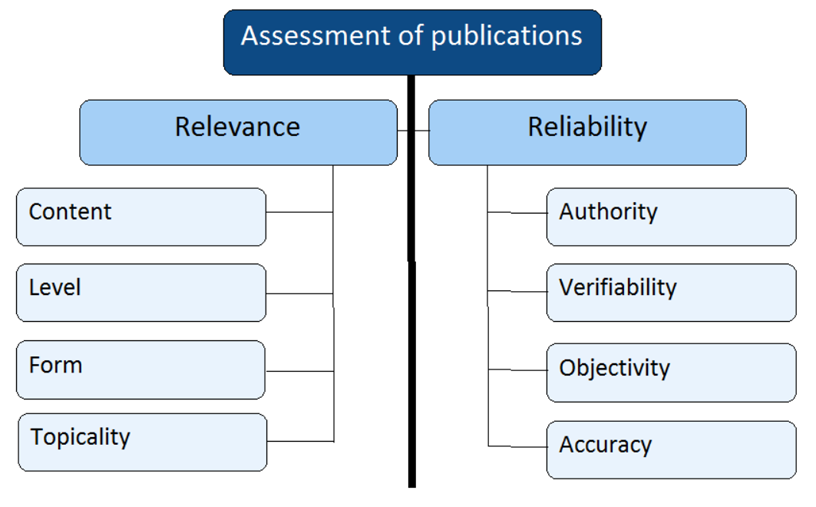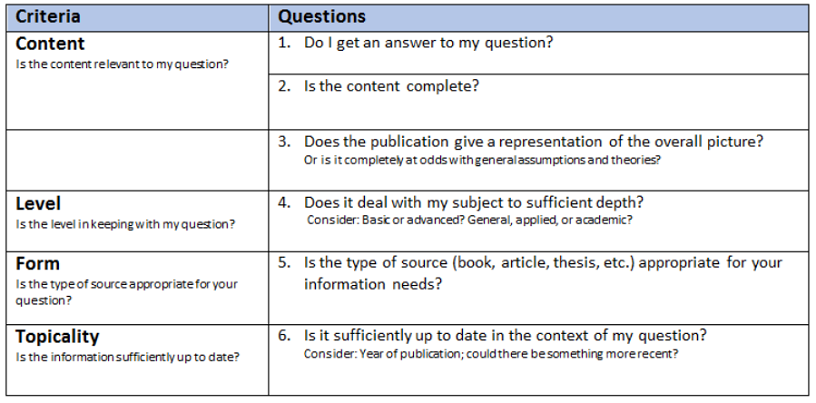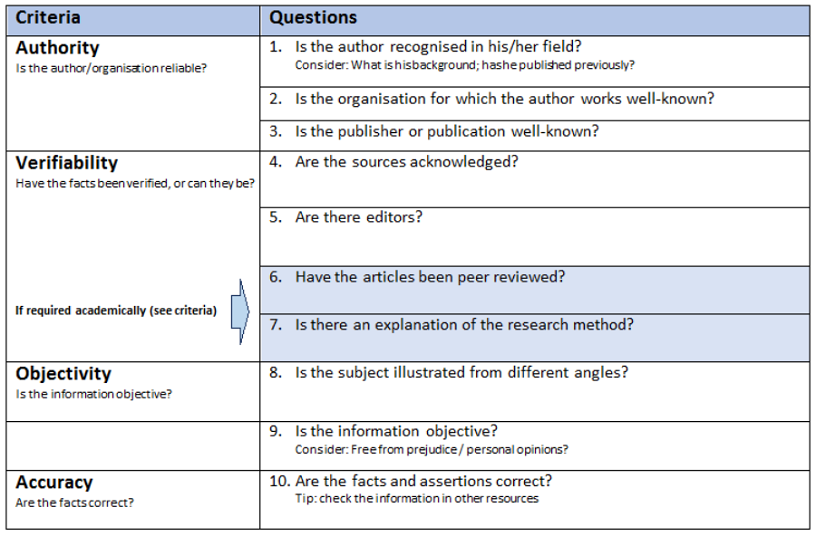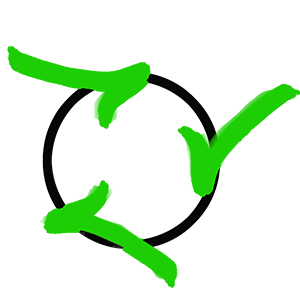Het arrangement Searchlight Advanced is gemaakt met Wikiwijs van Kennisnet. Wikiwijs is hét onderwijsplatform waar je leermiddelen zoekt, maakt en deelt.
- Auteur
- Laatst gewijzigd
- 26-09-2024 14:24:03
- Licentie
-
Dit lesmateriaal is gepubliceerd onder de Creative Commons Naamsvermelding-GelijkDelen 4.0 Internationale licentie. Dit houdt in dat je onder de voorwaarde van naamsvermelding en publicatie onder dezelfde licentie vrij bent om:
- het werk te delen - te kopiëren, te verspreiden en door te geven via elk medium of bestandsformaat
- het werk te bewerken - te remixen, te veranderen en afgeleide werken te maken
- voor alle doeleinden, inclusief commerciële doeleinden.
Meer informatie over de CC Naamsvermelding-GelijkDelen 4.0 Internationale licentie.
Dutch version / Nederlandse versie
Er is ook een Nederlandse versie van deze cursus beschikbaar.
Contact and feedback
We work to enhance our courses continually. Do you have suggestions on Searchlight Advanced?
Contact the Library's informatiespecialist of your field or send a mail to Harrie van der Meer, coördinator Information Literacy/Educational materials, e-mail: h.a.l.van.der.meer@hva.nl
Literature
Association of College and Research Libraries. (2015). Framework for information literacy for higher education. Retrieved from http://www.ala.org/acrl/ standards/ilframework
Gruwel, S., & Wopereis, I. (2014). Word informatievaardig : Digitale informatie selecteren, beoordelen en verwerken. Groningen etc.: Noordhoff.
LOOWI werkgroep Normering Informatievaardigheden (n.d.). Informatievaardigheid: normen voor het hoger onderwijs. n.p.: LOOWI
Poelmans, P., & Severijnen, O. (2013). De APA-richtlijnen: Over literatuurverwijzing en onderzoeksrapportage. Bussum: Coutinho.
Sieverts, E. (2011). De informatie vinden die je zoekt. Retrieved jan 16, 2012 from http://www.library.uu.nl/medew/it/eric/zoeken-en-vinden-2011.pdf
Veen, M. J. P., & Westerkamp, K. (2010). Deskresearch. Amsterdam: Pearson Education.
Vrije Universiteit Amsterdam. Webcursus informatievaardigheden : Algemeen - niveau A. Retrieved jan 16, 2017, from http://libguides.vu.nl/a-algemeen
Used images:
Altmann, Gerd [Geralt].(n.d.) [ keyboard with privacy on it] [Photograph]. Retrieved from: https://pixabay.com/en/keyboard-computer-empty-private-895556/
Alvarez, Guido [ Guido "random" Alvarez]. (2008) Summer fountain children body composition. [Photograph]. Retrieved from: https://commons.wikimedia.org/wiki/File:Summer_fountain_children_body_composition.jpg
alxpin. (n.d.). Helicopter in dusk [photograph]. Retrieved from: http://www.gettyimages.nl/license/157650246
Exel, Martijn van (n.d.) [ I amsterdam sign with people] [Phototgraph]. Retrieved from: https://www.iamsterdam.com/en/see-and-do/things-to-do/top-20-things-to-do-in-amsterdam
Globaloraria. (n.d.) [ Girl with laptop] [Photograph]. Retrieved from https://www.flickr.com/photos/globaloria/8450545513/sizes/m/in/photostream/
Journal of applied Developmental Psychology (2016). [Cover of Journal of Applied Developmental Psychology] [Photograph]. Retrieved from: https://www.elsevier.com/journals/personal/journal-of-applied-developmental-psychology/0193-3973
Mark, David van der. (2016). [I amsterdam sign with girl on it] [Photograph]. Retrieved from: http://flickriver.com/photos/d_vdm/30913048540/
Mark, David van der. (2016) [I amsterdam sign with feet in it] [ Photograph]. Retrieved from: https://www.flickr.com/photos/d_vdm/10928713594/in/photostream/
Management Team (2016) [Cover MT Magazine] [Photograph]. Retrieved from: https://www.mt.nl/
Psychologie Magazine (2017) [Cover Psychologie Magazine maart 2017) [Photograph]. Gekregen van uitgeverij WPG Media.
Wij hebben ons uiterste best gedaan om de rechthebbenden van de door ons gebruikte afbeeldingen te achterhalen. Dat is helaas niet in alle gevallen gelukt. U kunt contact met ons opnemen wanneer wij een foto hebben gebruikt waarvan u de eigenaar bent.
We did our utmost to identify the rightful claimants of the images used by us. Unfortunately, we were unsuccessful in doing so in a number of cases. Please contact us should you be the owner of an image we have used.
Aanvullende informatie over dit lesmateriaal
Van dit lesmateriaal is de volgende aanvullende informatie beschikbaar:
- Eindgebruiker
- leerling/student
- Moeilijkheidsgraad
- gemiddeld
- Studiebelasting
- 1 uur 0 minuten
Bronnen
| Bron | Type |
|---|---|
|
https://vimeo.com/277089585 https://vimeo.com/277089585 |
Video |
|
https://vimeo.com/277089837 https://vimeo.com/277089837 |
Video |
|
https://vimeo.com/277090259 https://vimeo.com/277090259 |
Video |
|
https://vimeo.com/277090463 https://vimeo.com/277090463 |
Video |
|
https://vimeo.com/277092199 https://vimeo.com/277092199 |
Video |
|
https://vimeo.com/277092574 https://vimeo.com/277092574 |
Video |
|
https://vimeo.com/277093347 https://vimeo.com/277093347 |
Video |
|
https://vimeo.com/277093655 https://vimeo.com/277093655 |
Video |
|
https://vimeo.com/277093992 https://vimeo.com/277093992 |
Video |
Gebruikte Wikiwijs Arrangementen
Team Informatievaardigheid, Bibliotheek HvA. (2020).
1 - Define problem
Team Informatievaardigheid, Bibliotheek HvA. (2020).
2 - Think up search terms
Team Informatievaardigheid, Bibliotheek HvA. (2020).
3 - Select information sources
https://maken.wikiwijs.nl/161358/3___Select_information_sources
Team Informatievaardigheid, Bibliotheek HvA. (2020).
4 - Search for information
Team Informatievaardigheid, Bibliotheek HvA. (2020).
5 - Make your selection
Team Informatievaardigheid, Bibliotheek HvA. (2020).
6 - Process your information
https://maken.wikiwijs.nl/161355/6___Process_your_information
Team Informatievaardigheid, Bibliotheek HvA. (2020).
Course content
Team Informatievaardigheid, Bibliotheek HvA. (2020).
Quick subject index
Team Informatievaardigheid, Bibliotheek HvA. (2020).
Why you should look for literature
https://maken.wikiwijs.nl/161363/Why_you_should_look_for_literature

